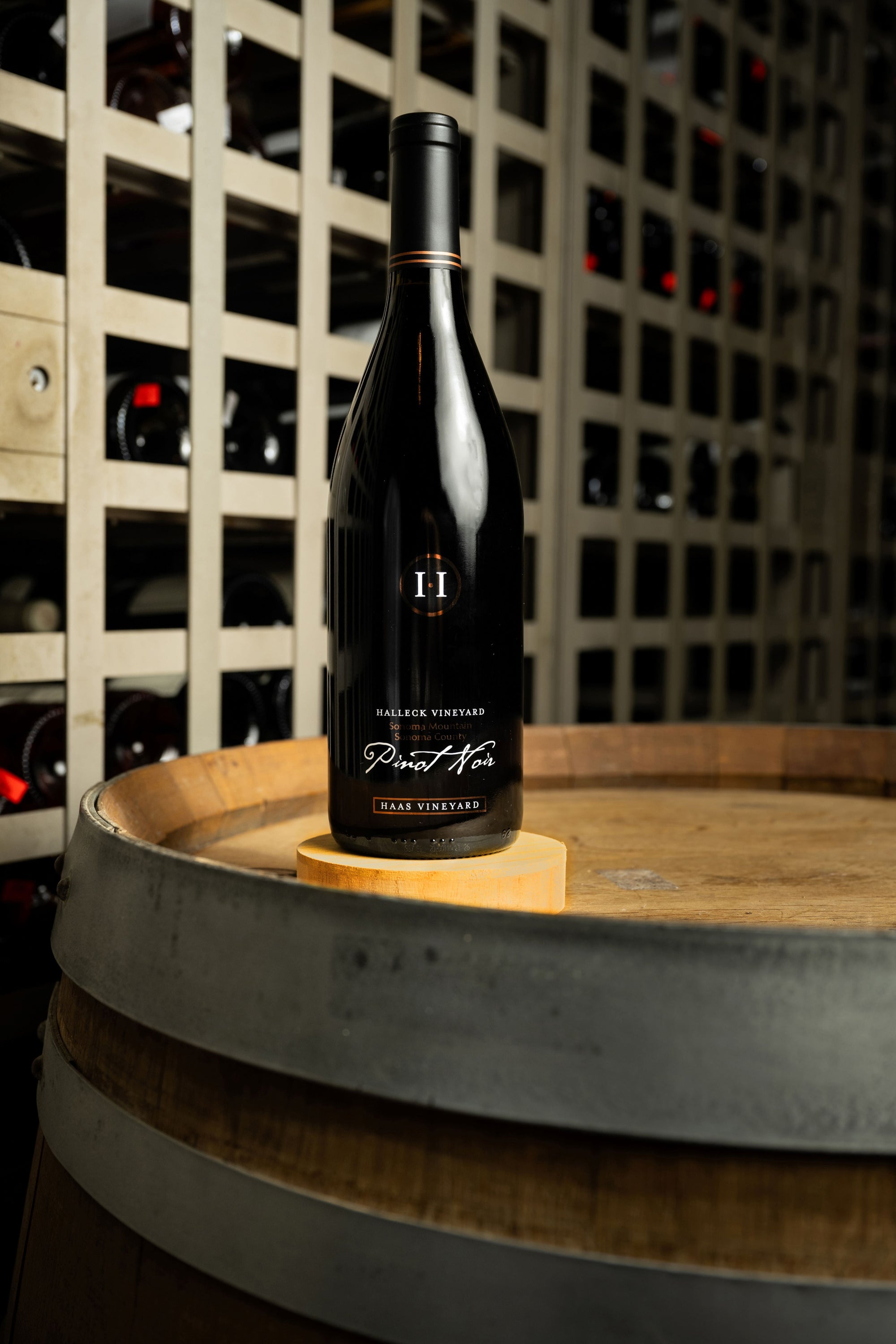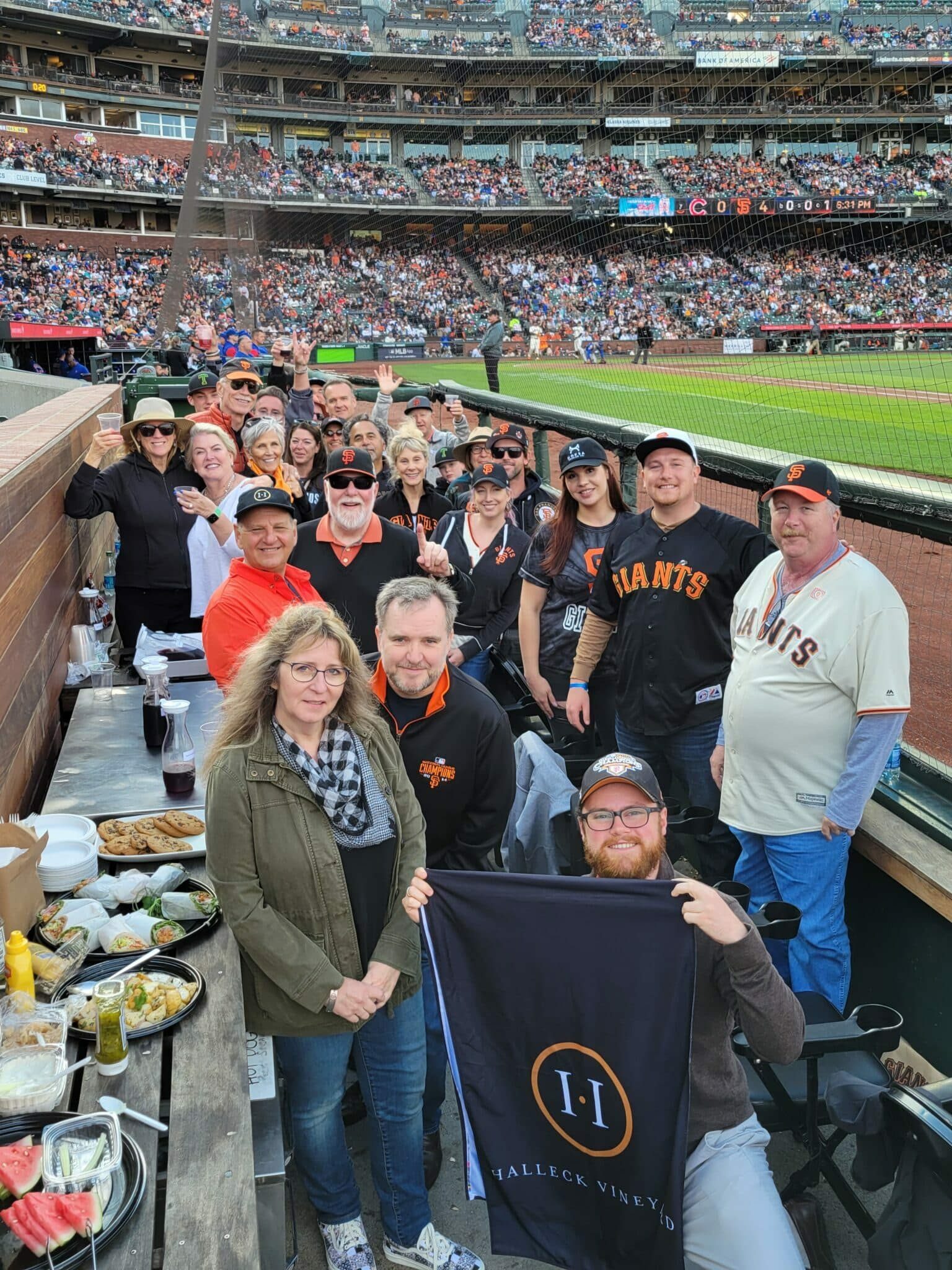Family-Oriented Wine Tasting Venues In Sebastopol - Sebastopol Wine Experiences
Family-Oriented Wine Tasting Venues In Sebastopol - Sebastopol Wine Experiences
Blog Article
Wineries Offering Educational Wine Seminars - Luxury Wine Tasting In Sonoma County
Wine tasting is an art that requires practice and an understanding of assorted aspects concerned within the process. One essential component of wine tasting is the development and interpretation of tasting notes, which serve as a guide for both novices and seasoned connoisseurs. A Guide To Understanding Winery Wine Tasting Notes can enhance your wine-tasting experience, making it more meaningful and pleasant.

Tasting notes are concise descriptions that capture the essence of a wine’s flavors, aromas, and total character. Normally composed by professional tasters, winery tasting notes supply insights into the nuances of assorted wines. They can help wine enthusiasts perceive what to expect from a particular bottle. Nonetheless, tasting notes can differ extensively in style and element based on the author's experience and palate.
Rustic Family-Owned Wineries In Sebastopol - Exploring Sonoma's Wine Landscape
When you first approach a glass of wine, your senses will start to have interaction immediately. The sight, smell, and style of the wine will converge to offer you a complete experience. Tasting notes typically begin with the visual assessment, where the color of the wine is taken into consideration. Colour performs a significant function in indicating the wine’s age, grape variety, and even its flavor profile.
After assessing the visible facet, the following step includes swirling the wine in the glass. This action aerates the wine, allowing its aromas to awaken. Smelling the wine offers crucial insight into its complexity. The preliminary sniff can deliver a flood of scents that will embrace fruity, floral, natural, or earthy notes. This is usually essentially the most subjective part of tasting, as particular person experiences can dramatically differ.
In winery tasting notes, descriptors are often categorized into major, secondary, and tertiary aromas. Primary aromas often stem from the grape selection, secondary aromas derive from fermentation processes, and tertiary aromas arise from getting older. Understanding these categories can help you recognize the depth of a wine, they usually additionally provide the vocabulary to specific your experience better.
Wineries Showcasing Local Art And Crafts - Exploring Sonoma's Wine Landscape
Following the olfactory encounter, your focus will shift to the style of the wine. This is where the primary characteristics—sweetness, acidity, tannins, alcohol—come into play. Tasting notes often element these flavors in multiple dimensions, including the initial assault on your palate to the lingering finish in your tongue. A high-quality wine will present a harmonious balance between these components.
While tasting, it is important to ponder the body of the wine, which may be described as light, medium, or full. The physique contributes significantly to your overall impression, serving to you think about how the wine pairs with food or whether it stands alone as a sipping wine. Balancing the physique with the other traits will provide you with a fuller understanding of what the wine has to offer.
The finish of the wine, additionally known as the aftertaste, is one other crucial aspect usually included in tasting notes. A lengthy, pleasant finish normally indicates a better high quality wine, whereas a short or cloying aftertaste could recommend otherwise. Evaluating the end can supply further insight into the wine's complexity and distinction.
Understanding the context of winery tasting notes is also valuable. Tasting notes can present contextual details about the vineyard's location, local weather, and grape-growing practices. This context adds one other layer of appreciation for the wine, allowing enthusiasts to attach the sensory experience with its origins, thus enhancing the enjoyment further.
Vineyard Picnic Spots In Sonoma Valley - The Charm Of Sonoma Wineries
Many wineries provide tasting notes on their web sites or labels, typically written in an approachable but informative style. However, not all winery tasting notes are created equal. Some may be overly technical, whereas others might prioritize advertising aptitude over insightful evaluation. Learning to navigate these notes can arm you with the information to make knowledgeable decisions when deciding on wines.
Taking Part in tastings at wineries can also deepen your understanding of wine tasting notes. Interacting with educated employees may give you a extra hands-on strategy straight from the source to exploring different wines and the language used to explain them. Innovative Wine-Making Techniques In Sonoma Valley. You Will have the opportunity to ask questions, interact in discussions, and potentially refine your palate in actual time.
Experimentation is crucial for mastering wine tasting notes. As you pattern different wines, attempt making your personal notes. Focus on describing the wine’s shade, aroma, style, and finish. Over time, you’ll develop a personal vocabulary that resonates with your sensory experiences. Every note you create will help refine your palate, permitting you to understand wines at a deeper level.
Wineries Promoting Sustainable Farming - Sebastopol Vineyard Visits
In conclusion, a Guide To Understanding Winery Wine Tasting Notes presents a complete framework for diving into the world of wines. It equips you with the methods and language essential to articulate your experiences. Whether Or Not you're a informal drinker or a devoted aficionado, understanding and utilizing tasting notes can profoundly influence your wine journey. This information not only enhances your enjoyment but in addition connects you deeply with the wealthy narratives each bottle tells. By embracing this journey, you turn out to be part of the beautiful mosaic of wine culture, where every sip unveils a brand new story waiting to be found.
- Wine tasting notes usually embody quite lots of sensory descriptions, including aroma, flavor, acidity, physique, and end, permitting tasters to completely respect the wine's characteristics.
- To enhance your understanding, familiarize your self with common wine terminology similar to "tannins," "oakiness," or "terroir," which can help decipher the notes more effectively.
- A systematic strategy to tasting includes first visually assessing the wine's colour and readability, followed by swirling to release aromas, then inhaling and describing what you experience.
- Taking notes during tasting may help determine patterns over time, enhancing your palate and making it easier to recall preferences for future choices.
- Don't overlook the influence of food pairings; tasting notes can differ greatly when a wine is loved with complementary flavors, altering perception and enjoyment.
- Pay attention to the wine’s vintage, as weather conditions in a given yr can significantly affect the ultimate product, adding one other layer to the tasting notes.
- Contemplate the winemaker's style and philosophy, which may shape the wine's profile and impression how its notes evolve with each sip.
- Practicing with completely different grape varieties can broaden your vocabulary; every type brings distinctive traits that can improve your capability to articulate tasting notes effectively.
- Participating with wine professionals or attending tasting events can provide valuable insights, providing a richer context for understanding personal tasting notes.
- Keep In Mind that tasting is subjective; individual preferences and experiences will form one’s interpretation of the same wine, enriching the overall enjoyment of wine exploration.
What are wine tasting notes?
Wine tasting notes are descriptive comments made by tasters in regards to the look, aroma, style, and finish of a wine. They present an summary of the wine's traits and can help shoppers perceive the style and quality of the wine.
Wineries With Unique Varietals - Local Wineries In Sebastopol
Why are tasting notes important when selecting wine?
Tasting notes can guide you in selecting a wine that suits your palate. They provide insights into flavors and aromas, serving to you to match wines with food or occasions. Understanding these notes enhances your general wine experience.
How should I read wine tasting notes?
(Wineries Near Sonoma Square)
Wineries In The Heart Of Sonoma County Wine Region - Sonoma Wine Tasting Recommendations

When studying wine tasting notes, take note of the construction: look Your Domain Name for descriptions of color, aroma, flavor, and finish. This will assist you to grasp the wine's profile and determine if it aligns along with your preferences.
What phrases commonly appear in wine tasting notes?
Common terms embody "tannin" (the structure), "acidity" (the crispness), "body" (the weight), and numerous flavor descriptors like "fruity," "earthy," or "spicy." Familiarizing your self with these terms can deepen your understanding of wine.
Wineries In Green Valley - Greatest Wine Tasting Locations In Sonoma

Can I create my own tasting notes?
Yes! Writing your own tasting notes can improve your wine tasting experience. Focus in your observations of style, aroma, and different sensory traits. This personal practice might help you refine your palate over time.
How do I determine the aromas in wine tasting notes?
Best Chardonnays From Sonoma Winemakers - Sonoma Wine Culture
To establish aromas, practice smelling quite a lot of scents and associating them with wines. Swirl the wine in your glass to release its aromas, then take a moment to breathe in deeply before identifying any outstanding scents.
What is the distinction between professional and personal wine tasting notes?
Professional tasting notes might use extra technical language and specific terminology, while personal tasting notes are subjective and mirror particular person experiences. Both are useful for understanding and having fun with wine, however personal notes may resonate more along with your unique tastes.
How can tasting notes enhance my wine appreciation?
Affordable Wine Tastings In Sonoma County - Best Vineyard In Sonoma
Tasting notes can enhance your appreciation by serving to you to understand and articulate the complexities of wine. They encourage conscious tasting and supply a framework for comparing completely different wines, resulting in a richer enjoyment of the beverage.
Are there any apps or instruments to assist with wine tasting notes?
Sure, there are several apps designed to help users record and organize their tasting notes. These instruments usually supply features like flavor wheel guides and wine database searches, making it easier to track your journey through completely different wines. Report this page